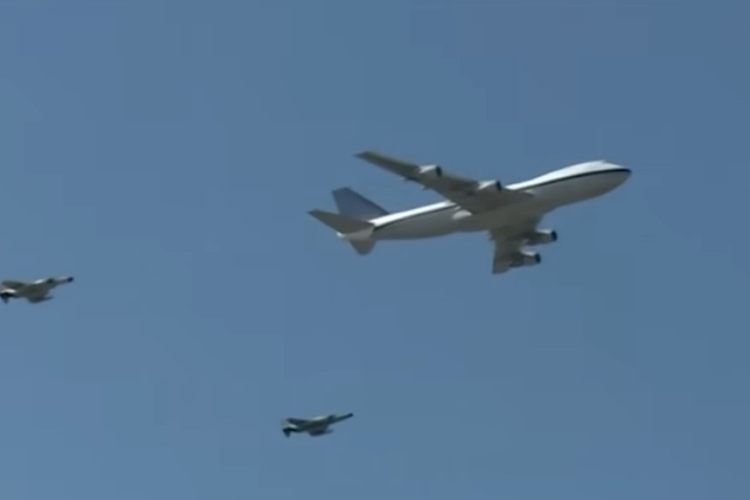
The principles of psychological warfare are rooted in the study of history and modern strategic approaches. Since prehistoric times, rulers have recognised the importance of undermining their opponents’ morale. This psychological challenge has often been a key reason for a nation’s foreign policy, particularly when based on self-interest.
Alexander the Great was an early practitioner of psychological warfare, and Genghis Khan, leader of the Mongolian Empire, employed more overt techniques. During World War I, both sides used propaganda tactics to demonise the enemy and bolster support for their efforts. Similarly, the Axis and Allied powers in World War II sought to demoralise enemy troops through misinformation and fear tactics, a strategy that continued through the Cold War era.
Historically, psychological warfare has been a tool of manipulation and influence used by empires and states to assert dominance and control over their adversaries. This form of warfare has evolved through various phases, from the spread of intimidating rumours by ancient tribes to the sophisticated psychological operations of the Cold War, where broadcasting and leaflet drops were used to exploit the fears and hopes of people to influence enemy soldiers and civilians.
READ I Foreign policy: Troubled backyard is Modi government’s Achilles heel
Psychological warfare as manipulation tool
Today, psychological warfare is still used in modern conflicts, but the methods have evolved to include psychological operations designed to achieve strategic objectives. States now employ sophisticated algorithms to target the mindsets of entire societies, crafting highly tailored messages that manipulate emotions and beliefs on a massive scale. The overarching goal of these operations remains to produce tangible effects in the real world.
Modern psychological warfare has expanded beyond traditional propaganda. It now involves the strategic use of digital media to spread disinformation rapidly across global networks. These tactics are designed to sow confusion and discord within societies, undermining the trust in governmental institutions and media outlets. The use of social media platforms to amplify these effects allows for an unprecedented reach and precision in targeting specific demographic groups, thus magnifying the psychological impact of such campaigns.
Escalating shadow war
Psychological warfare is unrestricted and occurs at all levels. The ongoing hostilities between Iran and Israel is a prime example. Both nations have engaged in a cycle of offensive and defensive actions, often using proxies and limited strategic attacks. Iran’s use of hundreds of drones and missiles to target Israel on April 13, 2024, in retaliation for an Israeli strike on the Iranian consulate in Damascus, sparked significant political debates. This massive drone attack was one of the largest ever carried out by any country. Iran aimed to “exhaust Israel by creating psychological insecurity,” and despite warning of the attack, likely knew the drones would be intercepted before reaching Israeli territory.
The real question is whether Iran’s unprecedented attack was a symbolic gesture meant to assert its right to self-defense as outlined in Article 51 of the UN Charter, in response to Israeli aggressions. This retaliation conveyed Iran’s willingness to escalate and alter its rules of engagement in the shadow war with Israel, signaling strength to both domestic and regional audiences and deterring further military action by Israel, which would be unpopular among its allies, including the United States.
In response, Israel executed targeted airstrikes on Iran’s strategically significant city of Isfahan, home to Iran’s nuclear programme. The limited scale of the strike seemed designed to prevent further retaliation from Iran. Both countries have since muted their reactions, likely an implicit attempt to reduce tensions, despite urging from global leaders to de-escalate.
The international community’s response to these incidents often involves a delicate balance of condemnation and strategic silence. While some nations publicly denounce these acts of aggression, others may choose a more cautious approach, weighing their geopolitical interests against the potential benefits of siding with either Iran or Israel. This global dance of diplomacy highlights the intricate web of alliances and enmities that complicate direct interventions in such conflicts, further stressing the importance of multilateral negotiations and diplomatic finesse in addressing these volatile situations.
Game theory perspective
Iran’s attack raised global concerns about a potential Israeli retaliation, setting the stage for a strategic interdependence scenario akin to the Prisoner’s Dilemma. Both countries face a situation where cooperation could benefit them both, yet each fears the other will defect, leading to suboptimal outcomes. This dynamic illustrates the Game of Chicken, where each side anticipates the other will back down.
Both Iran and Israel’s actions convey not only a preponderance of power but also an inherent weakness, aiming to manage a precarious situation without crossing into open warfare. Thus, the shadow war continues, each strategic move leading to the next. The shadow war has undoubtedly entered a more dangerous phase. The theoretical games played out by the countries assume rationality and clear assumptions, which is seldom the case in reality. The Iran-Israel conflict involves multiple players with inaccurate information, representing a mixed-motive game where both sides have incentives to misrepresent their actions.
The possibility of devastating conflict looms large, threatening immense human suffering and economic damages. It is crucial for the cessation of hostilities, and for global leaders to mediate disputes, resolve conflicts, and foster dialogue. The world cannot afford another war that threatens global peace and security.
(Dr Manisha Mirdha teaches political theory, Indian government & politics, and international relations at National Law University, Jodhpur.)
